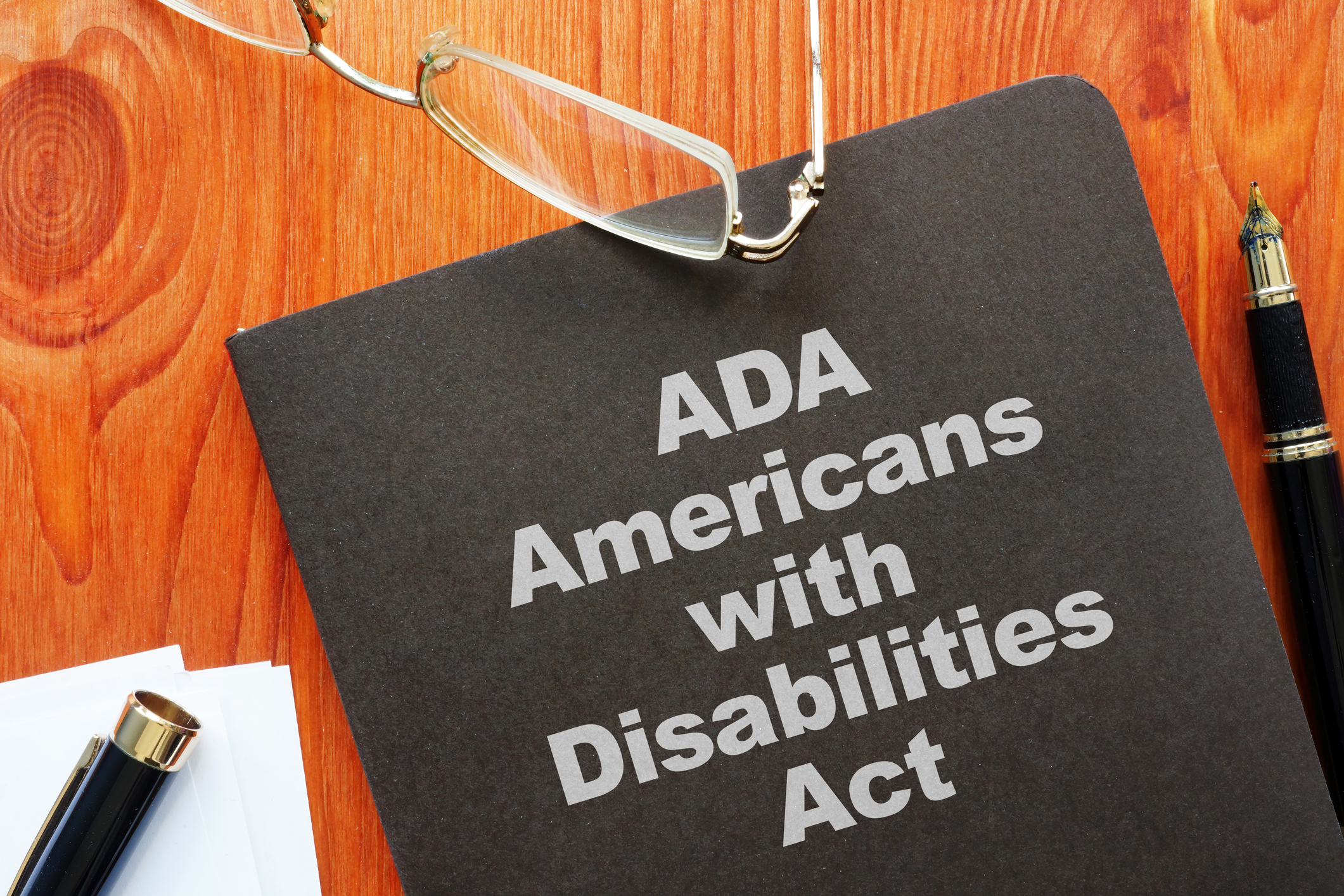
What Are Web Content Accessibility Guidelines?
The Americans with Disabilities Act (ADA) is intended to provide people with disabilities full access to society. The ADA now includes online entities as well, such as mobile applications and websites. However, it lacks actual directives to ensure inclusiveness, which leaves a lot of web designers scratching their heads.
Fortunately, standards set by Web Content Accessibility Guidelines can help you develop a site that appeals to all users. Here’s how you can improve the compliance of your site for a more positive experience for all.
Websites Must Be Easily Understood and Navigated
Both the information presented on a web page and layout must be easy to comprehend by all individuals. Simple, direct language is key in this regard, as are easy-to-understand menus. Pages should use predictable patterns, which allows users to apply context clues even if they’re unfamiliar with the content contained within. This is especially important on ecommerce sites where payments can be made, as mistakes could cost users.
Websites Must Be Able to Be Perceived by All
Perceivability means that a website’s content must be able to be perceived by at least one of their senses. For example, a person with restricted vision should have access to voice options, so the text on the website can be interpreted by them. Captions are a good option when presenting video content, which ensure people with hearing loss can understand. Additionally, perceivability applies to all aspects of a website, from the text to links to buttons to images and more.
Websites Must Be Compatible with Assistive Technologies
Assistive technologies help people with disabilities read and understand websites. Your site must be able to operate in conjunction with these technologies for maximum accessibility. Additionally, you should also make room for sites to be amended or updated when a new assistive technology emerges.
Here at SonicSEO.com, we approach web design from the perspective that your site should be easily accessible by everyone. We also know that your website must serve as your digital storefront, which means it should look amazing and offer reliable service to customers. Call 888-437-3737 today to discuss your current web design and how we can improve upon it.


